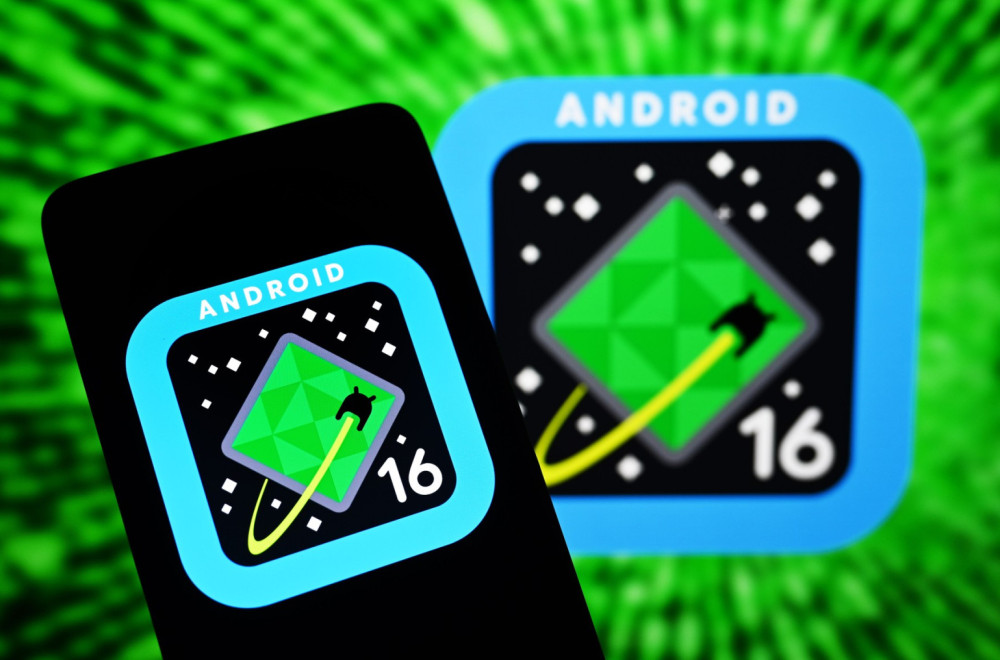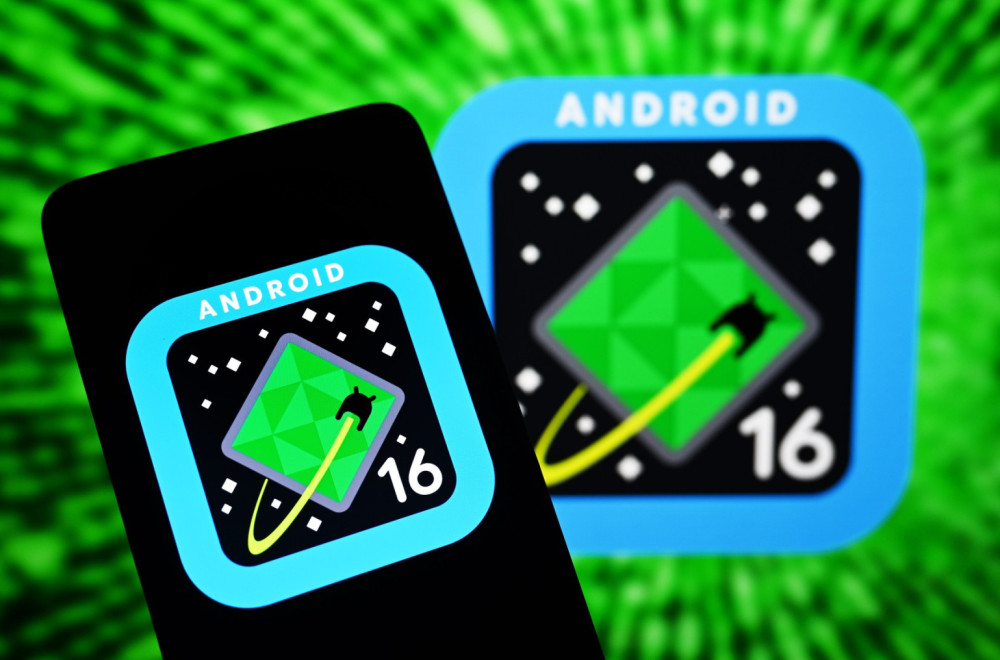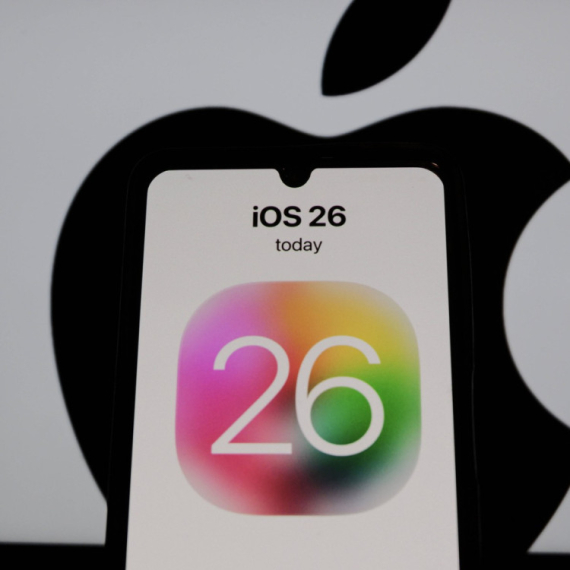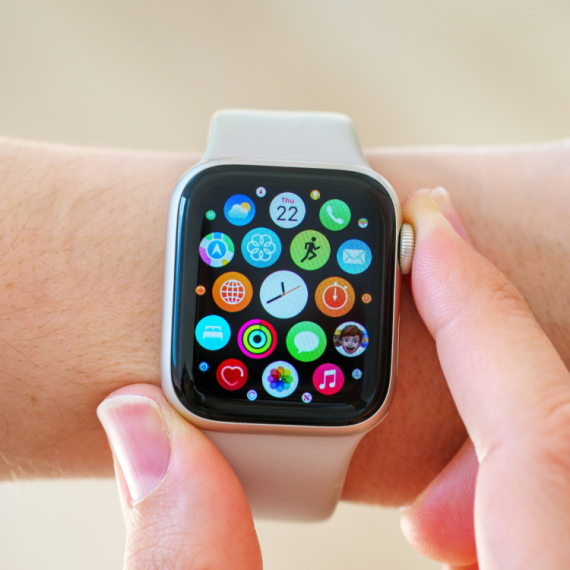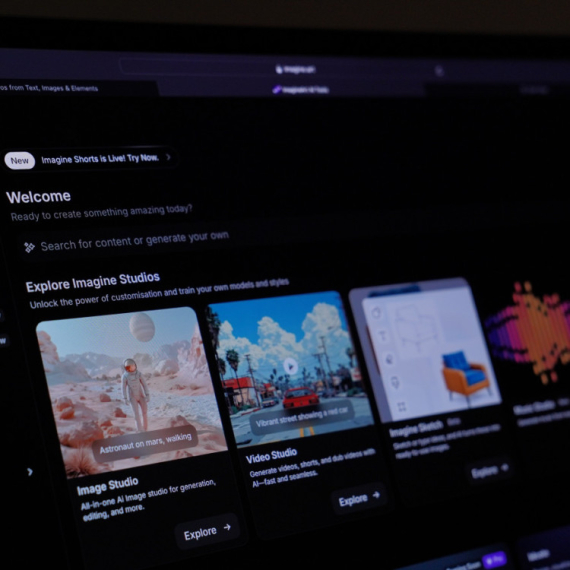Imagine this: you’re walking around the city, your phone shows full signal, but you’re actually connected to a fake network spying on you! Sounds like a thriller scene, right? But this nightmare is real and known as “stingray” attacks, existing for years. Android 16 is bringing a new security feature that will warn you when your phone connects to a fake or unsafe mobile network created by these devices.
How does this attack work? The attacker uses a “stingray” device that mimics a real cell tower. When placed near a target, all phones nearby automatically connect to this fake network. The attacker collects unique device identifiers like the IMEI number and can force the phone to use older, less secure protocols. This allows eavesdropping on unencrypted messages and calls, and with identifiers, the attacker can track a specific phone.
While police and intelligence agencies sometimes use these devices, the problem arises when they fall into the wrong hands and are used to track ordinary people. Google has been working for years to protect against such attacks. Partial protection was introduced in Android versions 12, 14, and 15, including the ability to disable 2G networks, widely available since Android 12.
The new option in Android 16 is called “Mobile Network Security” and is located in the Safety Center settings. When active, the phone checks if the network it connects to is safe. If not, the user gets a warning. The phone can even detect attempts to connect via older standards, one of the main tricks for intercepting data.
However, for this feature to work, you need a phone with the latest hardware, specifically a modem that supports Android Radio HAL 3.0, and of course, Android 16. Older phones won’t get this protection even if they receive software updates.
Research shows these fake networks are not rare. Attackers have set them up in busy places like airports, train stations, or near protests and public gatherings. Phones connect automatically, and users have no idea someone is reading their data.
Is Android 16 the ultimate fix or just another feature for a lucky few with the newest phones? While we wait to find out, maybe it’s time to ask: how safe are we really in the digital world?
What about you? Ever thought your phone might be spying on you? Or noticed weird signal behavior? Share your theories and stories – maybe together we’ll uncover who’s really watching us!





